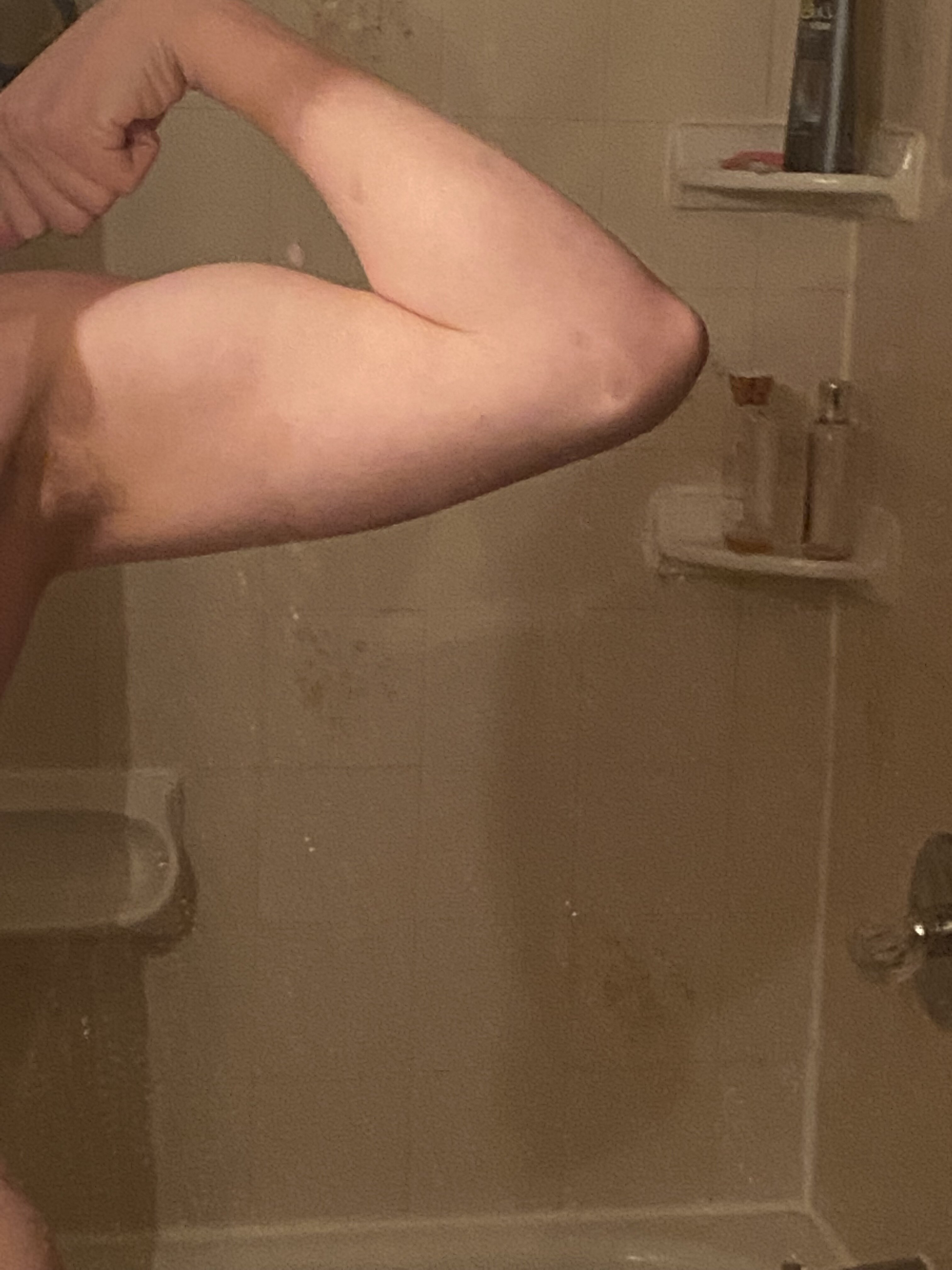Sociobiology

Fuchsia
- Joined
- Apr 9, 2022
- Posts
- 10,976
- Reputation
- 12,353
All highly elite strength athletes were carriers of at least 22 (up to 34) ‘strength’ alleles, while 27.8% of Russian controls had less than 22 ‘strength’ alleles (P<0.0001). The proportion of subjects with a high (≥26) number of
‘strength’ alleles was significantly greater in highly elite strength athletes (84.8%) compared to less successful strength athletes (64.9%; OR=3.0, P=0.042), Russian (26.3%; OR=15.6, P<0.0001) or European (37.8%; OR=6.4, P<0.0001) controls. This is the first study to demonstrate that the likelihood of becoming an elite strength athlete depends on the carriage of a high number of strength-related alleles.
Link: https://researchonline.ljmu.ac.uk/id/eprint/14697/3/Polygenic profile of elite strength athletes.pdfGenotyping was conducted using micro-array analysis. Twenty-eight DNA
polymorphisms (located near or in ABHD17C, ACTG1, ADCY3, ADPGK, ANGPT2, ARPP21, BCDIN3D, CRTAC1, DHODH, GBE1, IGF1, IL6, ITPR1, KIF1B, LRPPRC, MMS22L, MTHFR, NPIPB6, PHACTR1, PLEKHB1, PPARG, PPARGC1A, R3HDM1, RASGRF1, RMC1, SLC39A8,TFAP2D, ZKSCAN5 genes) were identified to have an association with strength athlete status.
Brootal. Just having an ACTN3 gene isn't enough since strength also relies on factors such as nervous system communication, recovery, muscle memory etc.
Also JFL at including them this:
They're implying that the Russian athletes needed a boost from steroids in order to get them to the elite level when compared to the other athletes included in this study.while 27.8% of Russian controls had less than 22 ‘strength’ alleles (P<0.0001).
Last edited:



